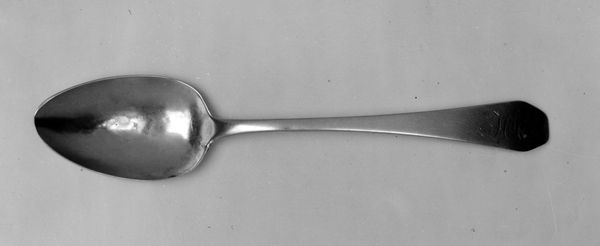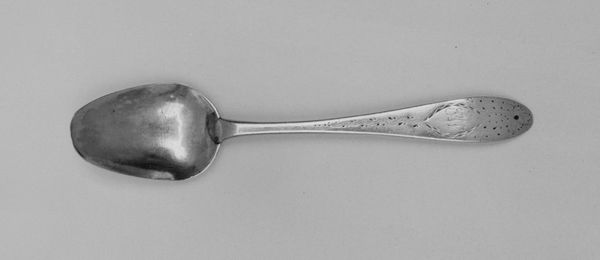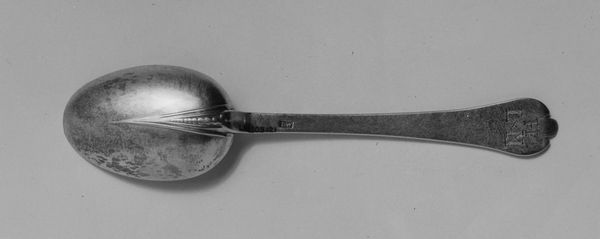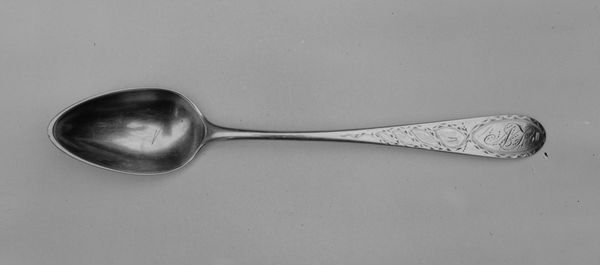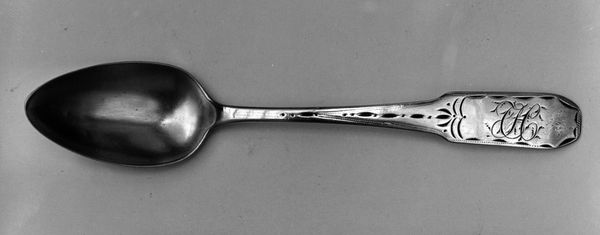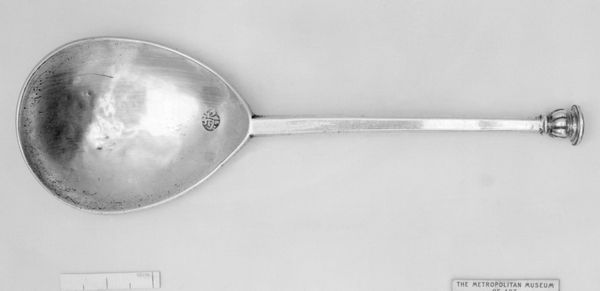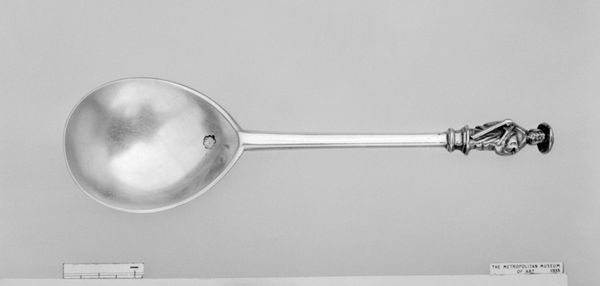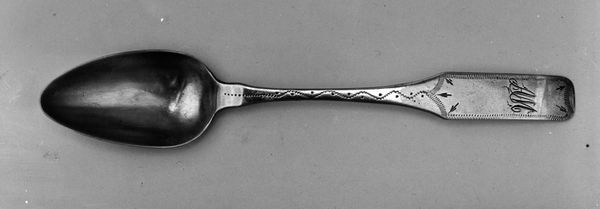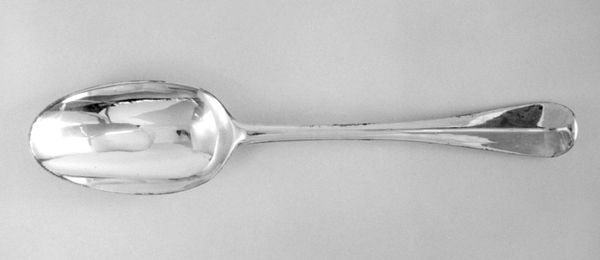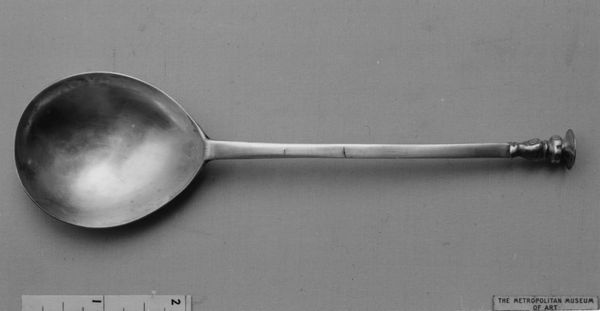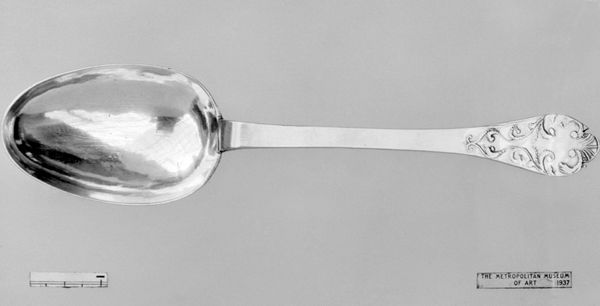
metal
#
baroque
#
metal
Dimensions: L. 7 3/8 in. (18.7 cm)
Copyright: Public Domain
Editor: Here we have a baroque spoon by Jurian Blanck Jr., crafted in 1699. It looks so pristine. I wouldn’t expect something used for eating to survive this well. From a material standpoint, what makes this everyday object significant? Curator: Let’s think about the social context of the baroque period. What does it mean for a seemingly mundane item, like a spoon, to be crafted from metal with such clear care? Consider the labor involved in its creation, the mining and refining of the metal itself. This wasn’t some mass-produced item. Editor: Right, the detail! The handle has an elegant, almost sculptural curve. Was this a sign of wealth? Curator: Precisely! Silverware during this time served as a visible marker of status and power. This wasn't just about eating; it was about displaying one’s access to resources and skilled craftsmanship. So, instead of high art versus low craft, consider that someone might display silverware the way others displayed paintings. Editor: It reframes it completely! I guess I was viewing it from the contemporary idea that metal goods are meant for the masses, as if it were an industrialized item. Curator: Think about the Baroque aesthetic, that flair for the dramatic and ornamental, extended even into everyday objects like this. It speaks volumes about the societal values of the time. Consumption and display weren't confined to paintings and sculptures. They were deeply woven into the very fabric of daily life. Editor: I see. I’ll definitely remember to examine an object’s history of production to interpret its function as art or status symbol. Curator: Indeed, examining the material and production process helps understand what work objects are really doing culturally and socially.
Comments
No comments
Be the first to comment and join the conversation on the ultimate creative platform.
